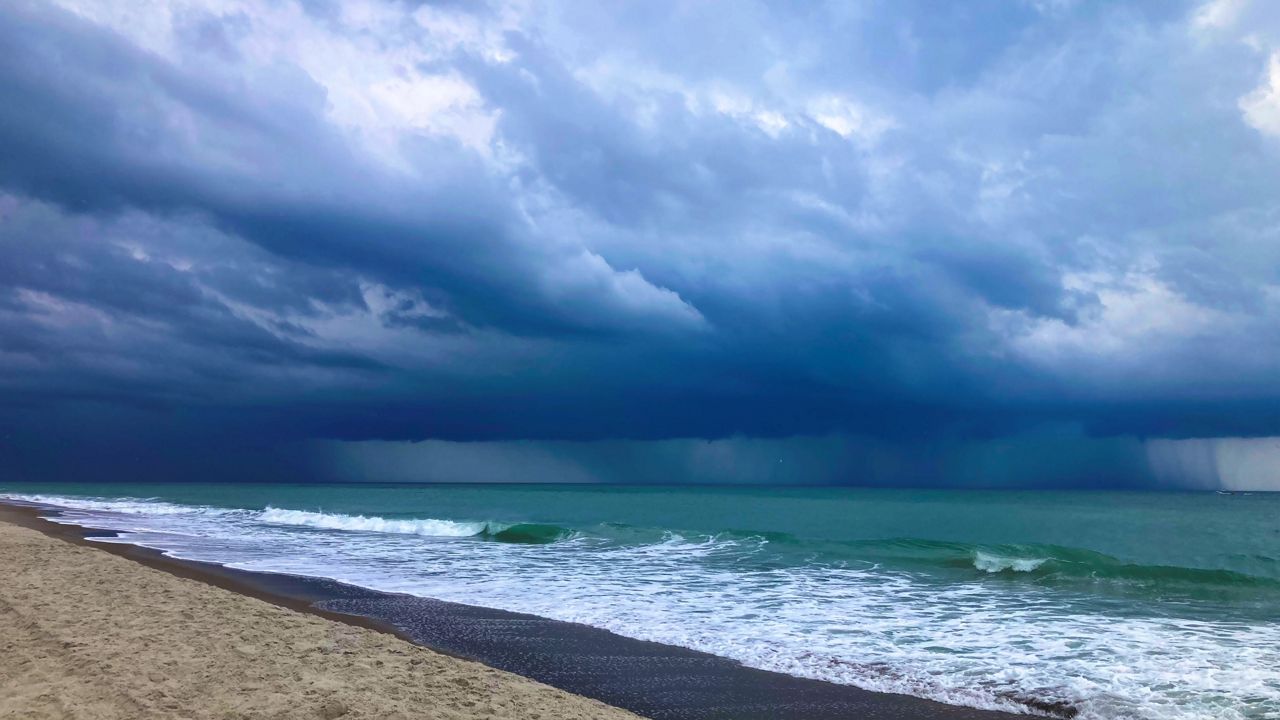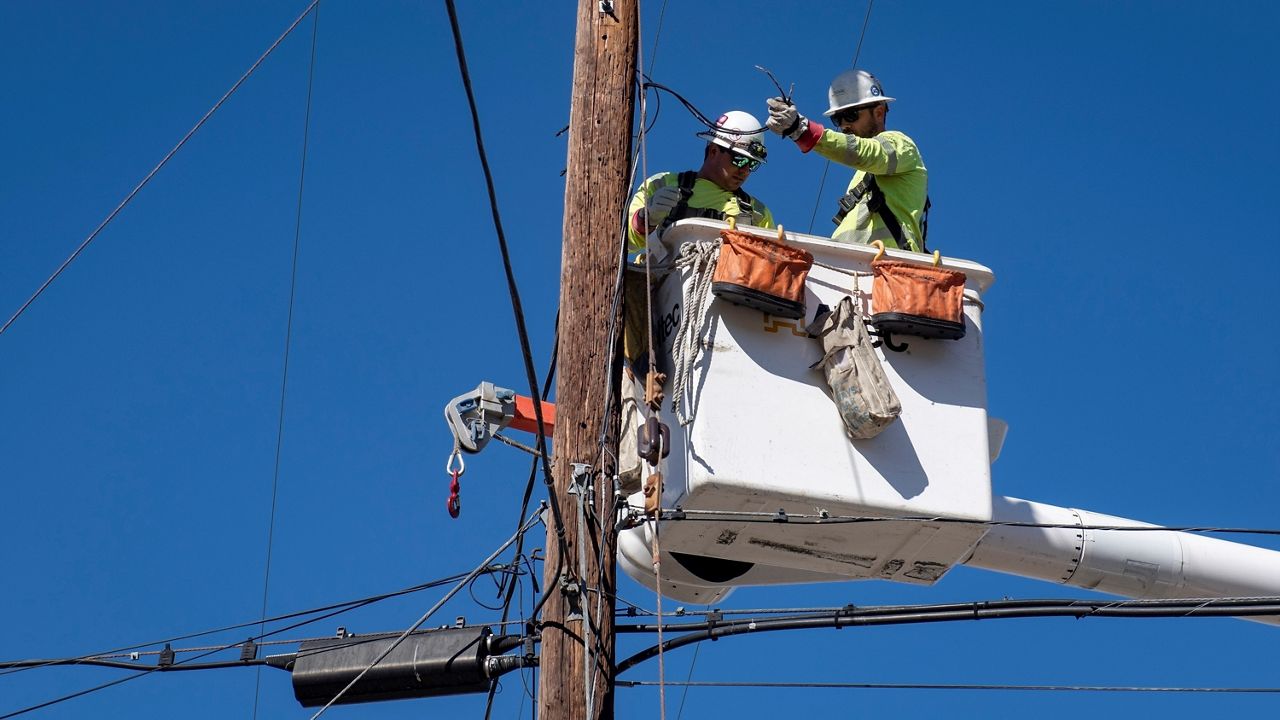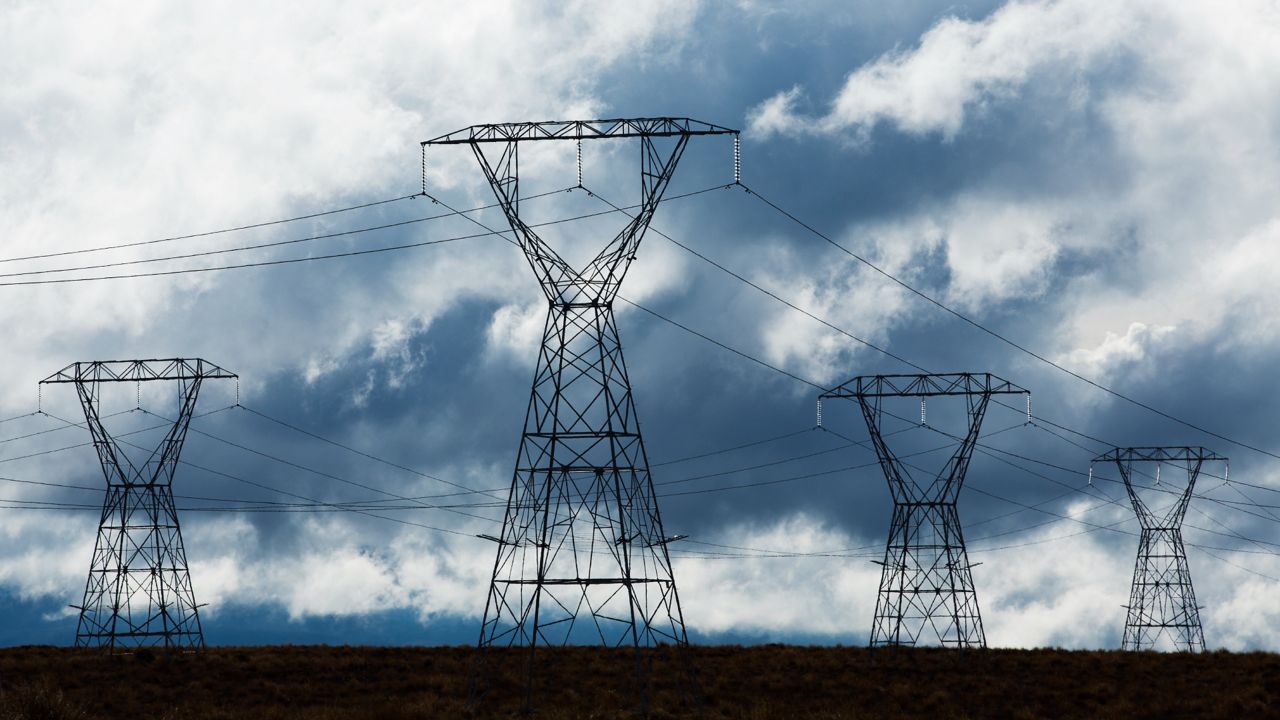ST. PETERSBURG, Fla. — Dorian continues its track toward Puerto Rico and Dominican Republic.
- 80-mile Mona Passage could make huge difference with Dorian
- The 2 islands have large, mountainous regions
- LINK: Mona Island Resoration Project
- SEE ALSO: Storm Season 2019 resources
The path it takes can also determine its fate. In this case, a stretch of 80 miles called the Mona Passage could make a huge difference.
Spectrum Bay News 9 Meteorologist Nick Merianos explained the Mona Passage that lies between the islands could help the storm as it moves closer to Florida.
If Dorian strays from that path, it could cause the storm to break up because the two islands have large mountainous regions.
Merianos said on Hispaniola there are ranges of 10,000 feet. If the storm tracks west, this would provide the most resistance. If it tracks to the east, Puerto Rico’s range is 4,000 feet high.
If the storm takes the path of least resistance, it would make a direct hit on Mona Island.
It’s located right in the middle of the passage.
Currently, the Mona Island Restoration Project is trying to save the island’s unique plant and animal communities from extinction by removing invasive species.
“Mona Island is a nature reserve managed by the Puerto Rico Department of Natural and Environmental Resources (PR-DNER),” said Jose Luis Herrera-Giraldo, project manager for the Mona Island Restoration Project.
“PR-DNER has protocols for the evacuation for any storm that could affect the island, personnel, or property,” said Herrera-Giraldo. “Due to the forecast, I assume they are in the process of evacuating all the personnel on Mona and securing any structure and property that can be affected by Dorian.”
Mona Island is considered the Galapagos of the Caribbean. Park rangers live on the seven-by-four mile area.
It's a plateau with natural beauty and cliffs dropping 130 feet to the ocean.
The restoration project could get heavily affected by Dorian.
“Our current project on Mona is the removal of introduced ironwood trees to restore nesting habitat for endemic Mona Island Iguanas,” explained the project manager. “Mona Island could receive winds in a range of 70-90 mph. Winds at this speed may cause dead ironwood trees from past restoration efforts to fall down in sites that have been restored and are optimal for the Mona Iguana to nest, reducing available nesting habitat.”
The researchers said they’ll have to wait and see how much Dorian sets back their study areas.









